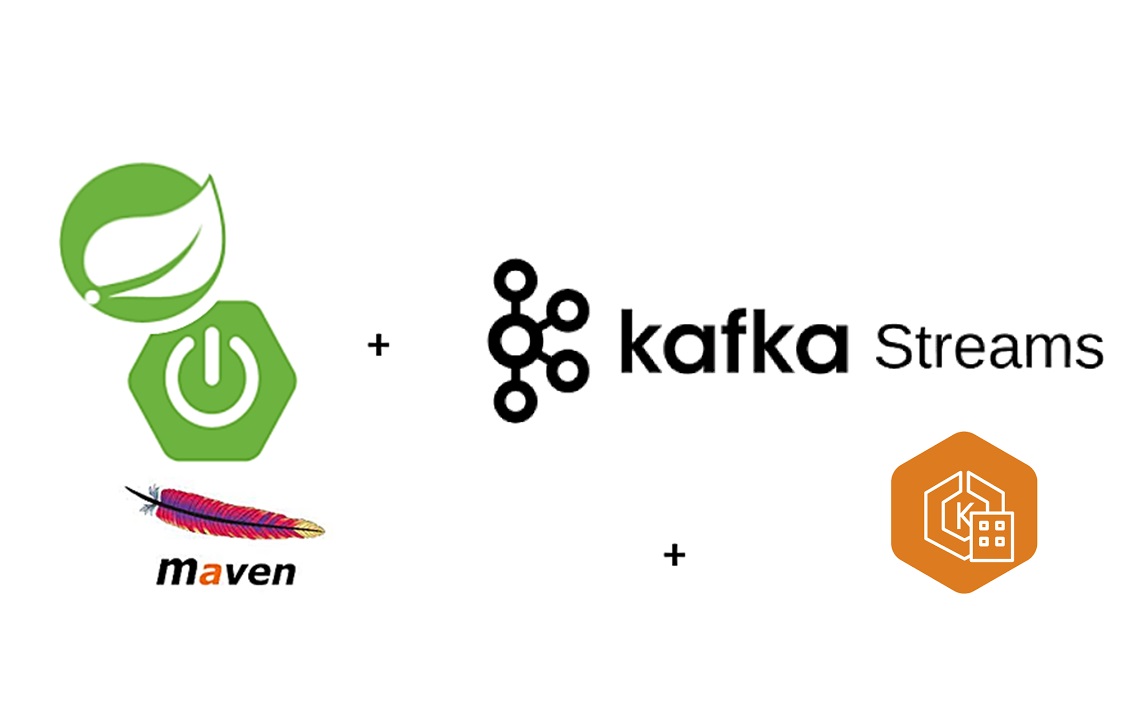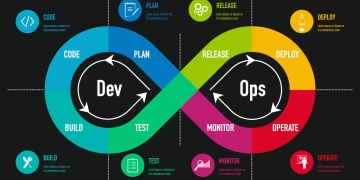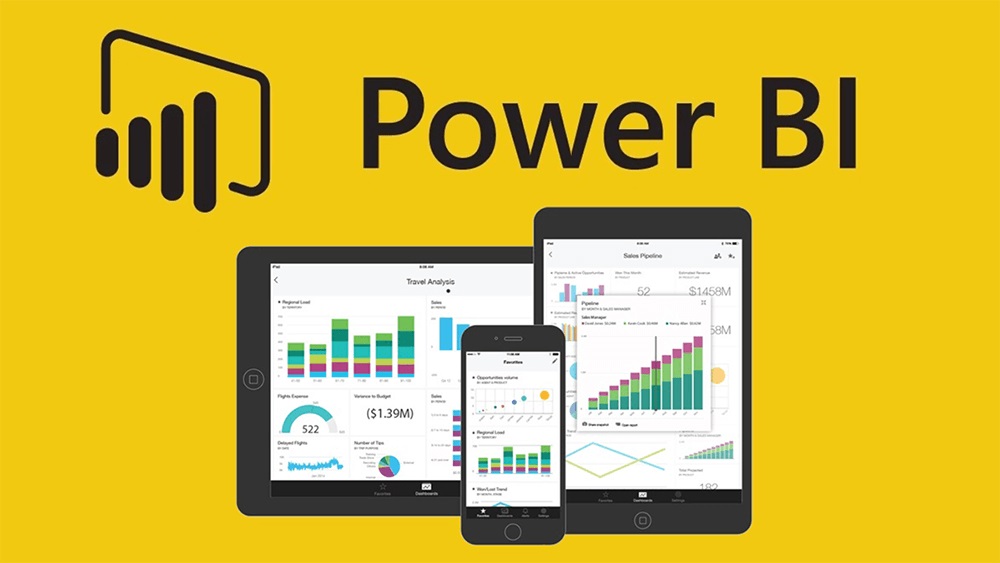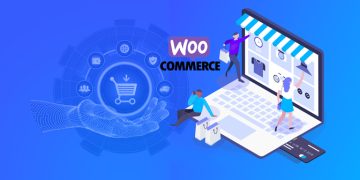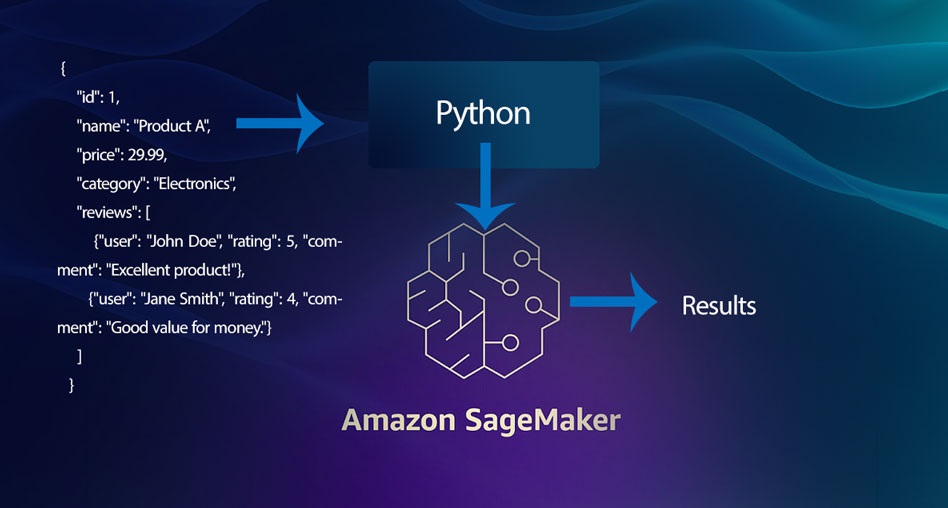Amazon Web Services (AWS) offers a variety of cloud computing solutions to address different business needs. Two commonly compared services are Amazon Redshift and Amazon Elastic Kubernetes Service (EKS). Although both offer scalable infrastructure, they serve distinct purposes. This article explores the differences between Redshift and EKS clusters, focusing on their architecture, use cases, and strengths.
1. Overview: What are Redshift and EKS?
Amazon Redshift
Amazon Redshift is a fully managed data warehouse service designed for running complex analytical queries on structured data. It enables businesses to store and analyze massive datasets, making it ideal for business intelligence, reporting, and data warehousing use cases.
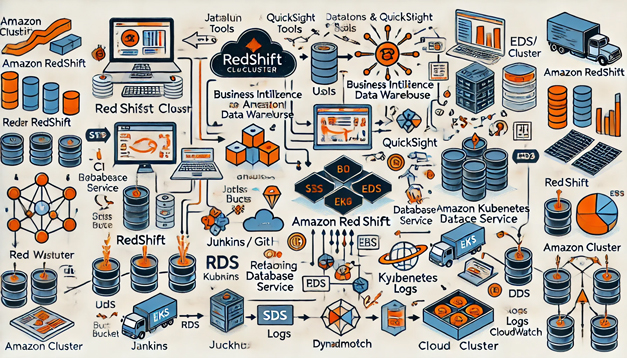
Amazon EKS (Elastic Kubernetes Service)
Amazon EKS is a managed Kubernetes service that simplifies the deployment, scaling, and management of containerized applications. It allows developers to run microservices or other container-based workloads on Kubernetes without the operational overhead of managing the control plane.
2. Key Differences
| Purpose | Data warehousing and analytics | Running containerized applications using Kubernetes |
| Architecture | Data warehouse cluster with nodes optimized for querying large datasets | Kubernetes cluster with worker nodes running containers |
| Workload Type | SQL-based queries on structured data | Microservices, stateless/stateful applications, batch jobs |
| Data Storage | Columnar storage for optimized queries | Does not provide native storage (uses S3, EBS, or other options) |
| Compute Resources | Optimized for analytic queries with massively parallel processing (MPP) | Optimized for running pods, services, and orchestrating workloads |
| Use Case | Data analytics, reporting, and dashboards | Application development, DevOps, microservices, and CI/CD pipelines |
| Management Level | Fully managed by AWS | AWS manages the Kubernetes control plane; user manages worker nodes |
| Scaling | Scales horizontally by adding nodes | Scales dynamically with pods and nodes depending on workloads |
| Access Control | SQL-based permissions | Role-based access control (RBAC) with Kubernetes |
| Performance Optimization | Uses columnar storage and data compression for faster analytics | Uses auto-scaling, load balancing, and rolling updates for app stability |
| Supported Data Types | Structured data (SQL databases) | Containerized applications of any type |
| Integration | Integrates with tools like Amazon QuickSight, Tableau, and other BI tools | Integrates with other AWS services (Lambda, RDS, DynamoDB) and open-source Kubernetes tools |
3. When to Use Redshift vs. EKS
Use Redshift if:
- You need to analyze massive datasets quickly and efficiently.
- Your data is structured, typically stored in relational databases or data lakes.
- You rely on SQL queries for reporting, dashboards, and business intelligence.
- You want to offload infrastructure management for your data warehouse.
Example Use Case: A retail company wants to analyze sales data across multiple regions to generate quarterly reports and predict trends. Redshift is ideal for querying and processing this data in near real-time.
Use EKS if:
- You are deploying containerized applications or microservices.
- Your workloads involve stateless or stateful services that need orchestration.
- You require dynamic scaling of applications or plan to implement CI/CD pipelines.
- You want to leverage Kubernetes-native tools and open-source solutions.
Example Use Case: A tech company needs to deploy a microservices-based web application with multiple APIs. Using EKS allows them to efficiently scale services and automate deployments using Kubernetes tooling.
4. Strengths and Challenges
Redshift Strengths:
- Optimized for analytical workloads with high performance.
- Managed service with little operational overhead.
- Handles large-scale data efficiently with compression and columnar storage.
Challenges:
- Less suitable for real-time analytics or transactional workloads.
- Limited to structured data; less flexible for unstructured data handling.
EKS Strengths:
- Supports a wide variety of workloads, including microservices and batch jobs.
- Kubernetes offers flexibility, scalability, and portability.
- Can integrate with CI/CD pipelines and DevOps practices.
Challenges:
- Requires expertise in Kubernetes and container orchestration.
- Users must manage worker nodes and networking, adding some operational complexity.
5. Conclusion
While both Amazon Redshift and Amazon EKS are powerful services, they cater to very different needs. Redshift is designed for data analytics and warehousing, offering a robust solution for businesses dealing with large volumes of structured data. On the other hand, EKS is ideal for container orchestration, supporting modern, scalable applications built with microservices.
Choosing between the two depends on the nature of your workload: If your focus is analyzing data for business insights, Redshift is the better fit. However, if you are looking to deploy and scale containerized applications, EKS will provide the flexibility and control you need.
Both services demonstrate AWS’s capability to offer specialized tools that solve distinct challenges, giving users the freedom to choose the right tool for the task at hand.


